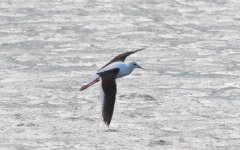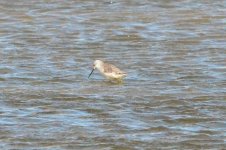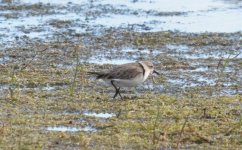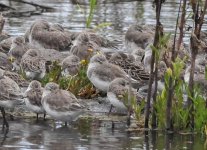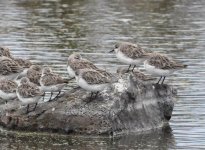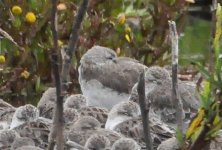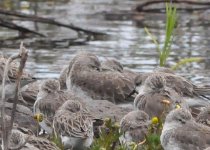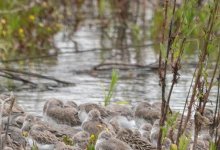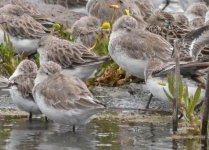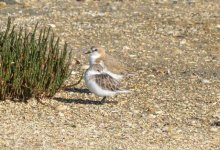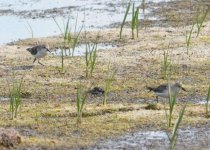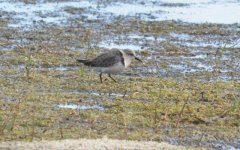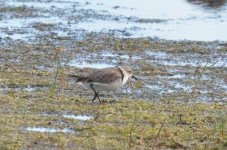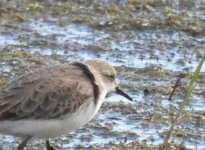Greg McKay
I like the pretty colors
Hi all once again my confession I'm hopeless with waders.
SO I need help another couple of posts to follow.
#1 I think is a banded stilt possibly young with no banding
# 2 and 3 Lots of thoughts but to many to even make a suggestion I think the black shoulder band #3 might be the wind blowing against feathers
#4Red Necked Stints but is there possibly a little stint amongst them (just to the left of reeds) or a male still in breeding plumage
#5 if #4 is red necked stints then so are these.
SO I need help another couple of posts to follow.
#1 I think is a banded stilt possibly young with no banding
# 2 and 3 Lots of thoughts but to many to even make a suggestion I think the black shoulder band #3 might be the wind blowing against feathers
#4Red Necked Stints but is there possibly a little stint amongst them (just to the left of reeds) or a male still in breeding plumage
#5 if #4 is red necked stints then so are these.
Attachments
Last edited:




